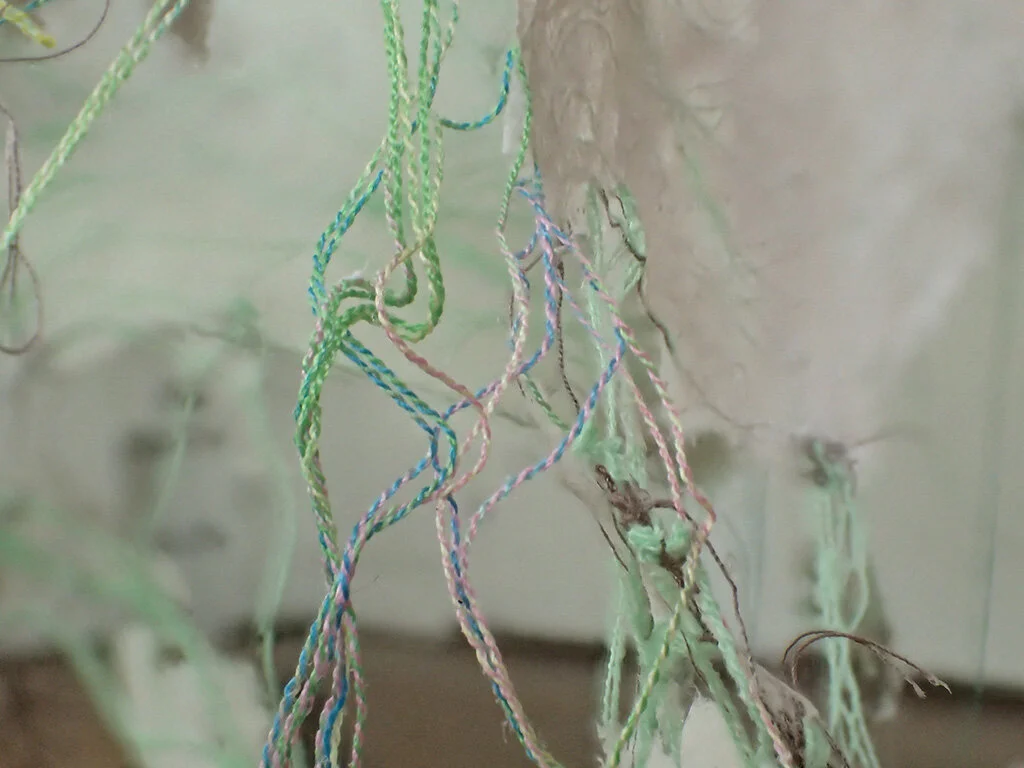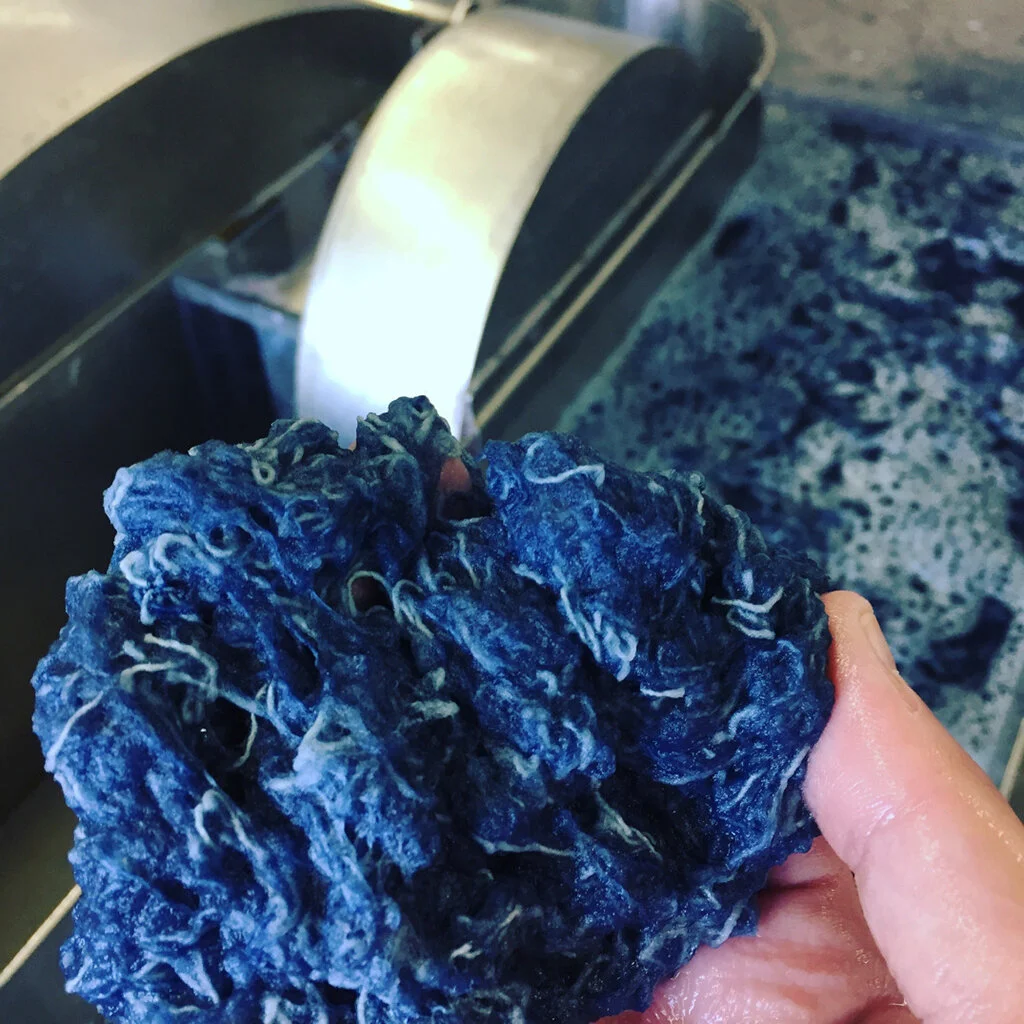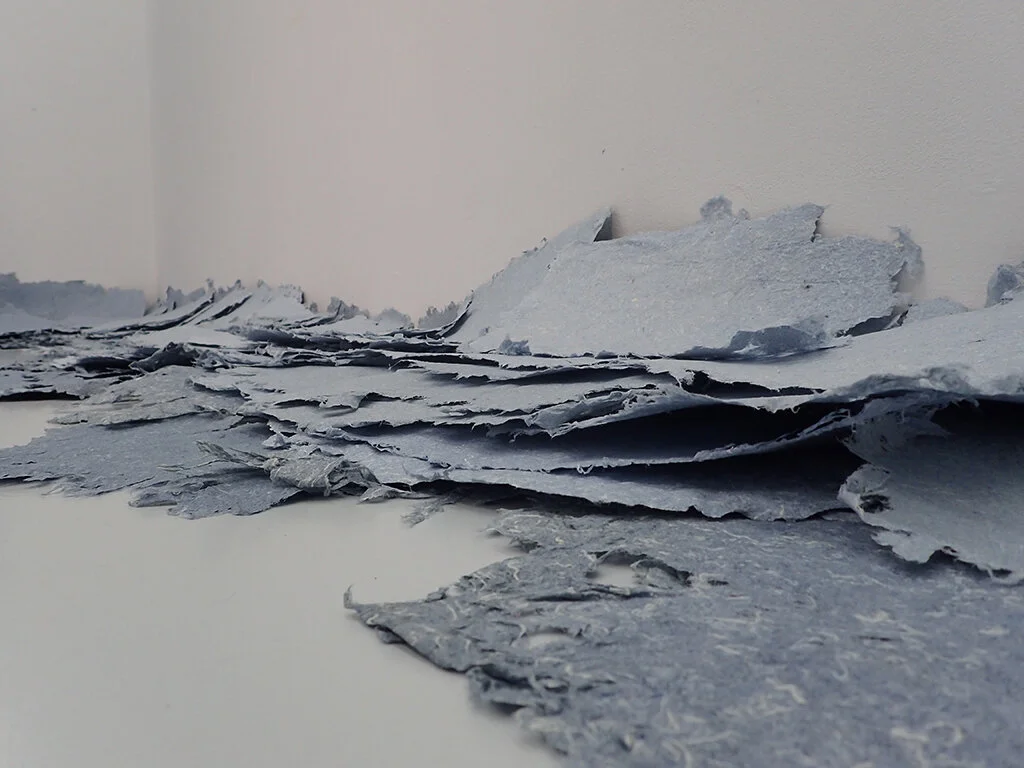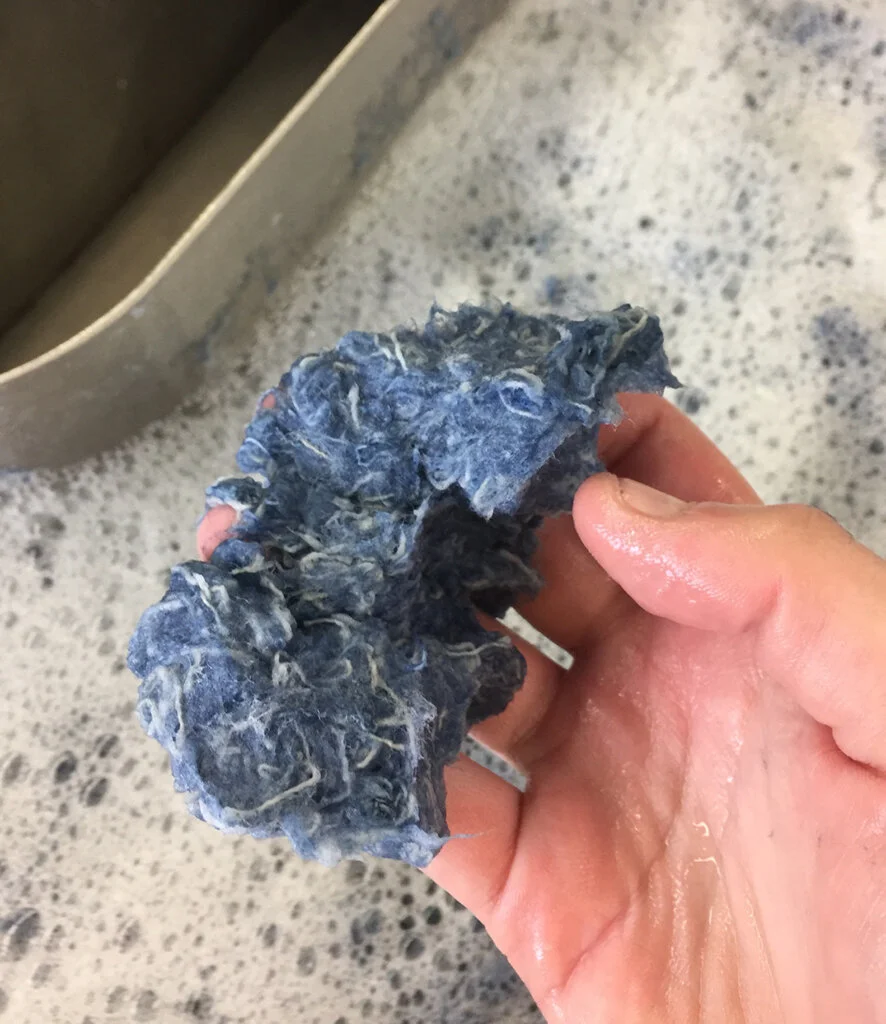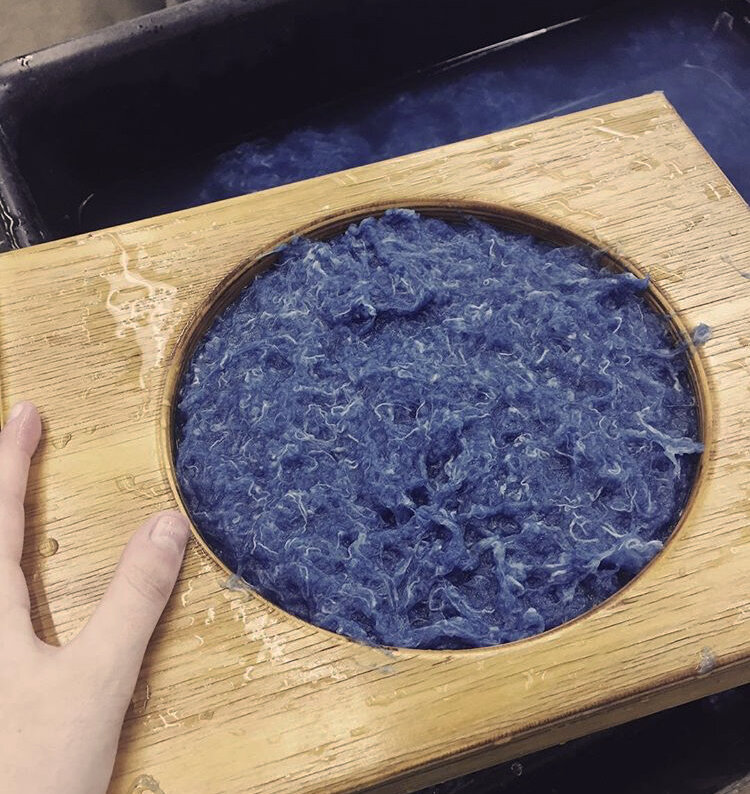I received a Canada artist grant with th Ontario Arts Council last year and worked on a project that Canada artist grant. I was awarded a grant of $2000 for emerging artists to learn a new skill or for professional development including the purchase of new art supplies. You can learn more about this Canada artist grant in this post!
Canada artist grant/OAC artist grant proposal
For my Canada artist grant I chose to focus on papermaking in my application. I proposed learning how to make paper out of plants and learning how to use the letterpress machine. I wanted to letterpress some of my Patched poems on handmade pieces of map paper I made. I also proposed to purchase some mould and deckles to help me with papermaking some abaca and cotton pulp, a vat and other paper making supplies.
Canada artist grant/OAC artist grant
I chose to work with a local paper making company the Papertrail to be able to learn about paper making easier. The Papertrail is based out of New Dundee, Ontario. That’s also where I attended workshops, completed my letterpress poetry project and ordered my papermaking supplies.
I attended 5 paper making workshops in total with the grant money. A basic beginner paper making workshop, two workshops on making paper with plants and two on using the letterpress.
About the Paper making Workshops
The Beginner Papermaking Workshop
This workshop took place in August of 2022 and in this workshop I learned basic skills and refined my paper making skills. We also learned how to use pigments in paper and got to experiment with the sheets of paper we made.
Letterpress Workshop #1
I did this workshop in November, during this workshop I learned how to use the letterpress and the history of the letterpress. I also did some test prints of some text with the letterpress.
Paper Making with Plants Workshop
This workshop was a two day back to back workshop in December. In these workshops I learned how to make paper from plants. I made paper from the stems and pods of milkweed as well as from flax. I got to use their hollander beater and beat the pulp by hand.
Letterpress Workshop #2
This workshop happened in December. I got to complete my Patched poem project and letterpress 5 different poems I wrote onto handmade map paper.
All of these workshops were full day workshops. I am grateful for the Canada artist grant with OAC and being able to develop my paper making skills as an artist as well as being able to complete a project and purchase new paper making supplies.
You can purchase my book Patched that has more poems here!














